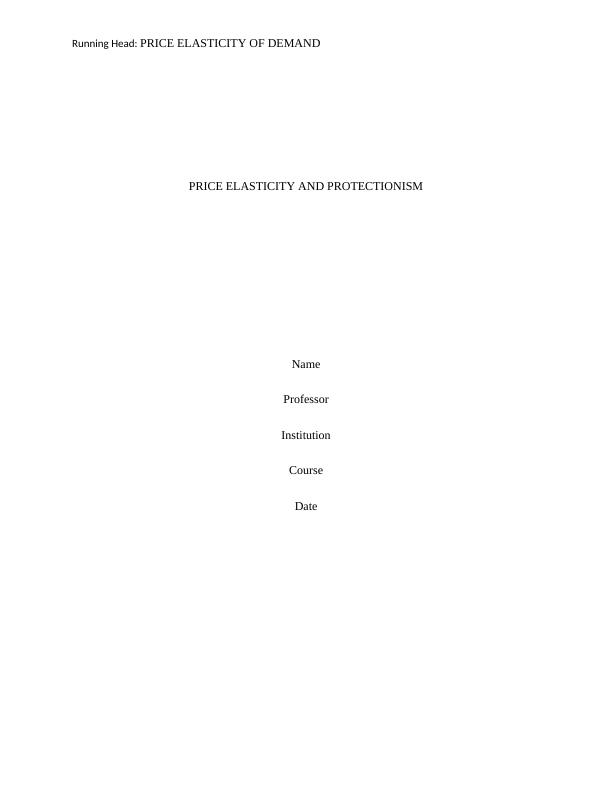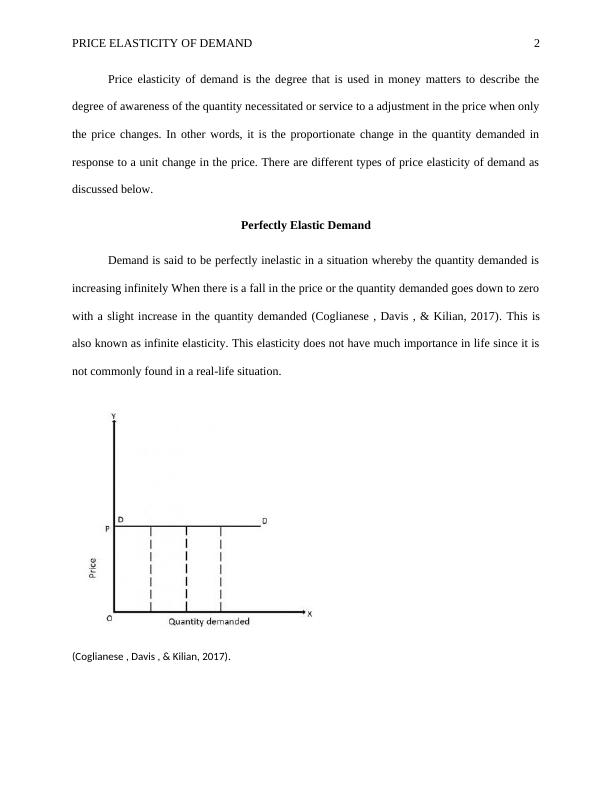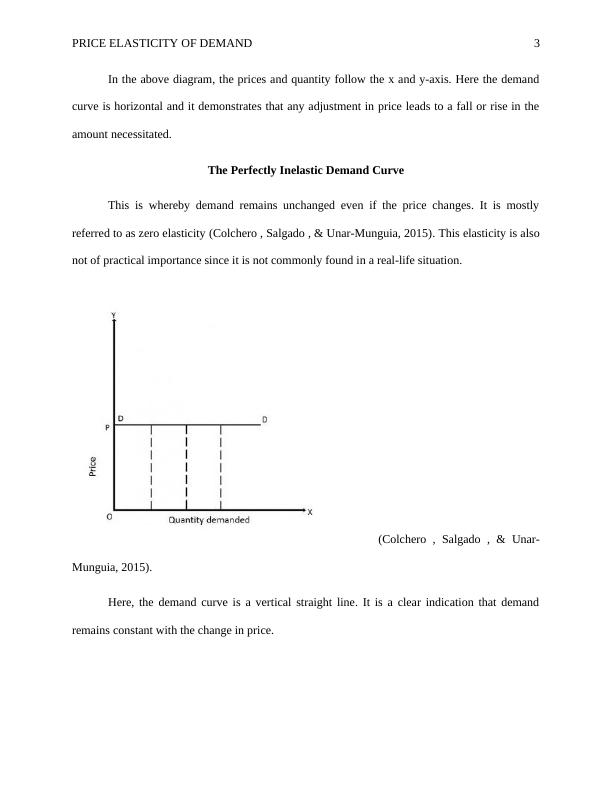Price Elasticity and Protectionism
Added on 2023-05-28
14 Pages2932 Words375 Views
End of preview
Want to access all the pages? Upload your documents or become a member.
Factors Affecting Price Elasticity of Demand
|12
|2791
|209
Economics for Manager Question Answer 2022
|23
|4871
|13
Price Elasticity of Demand
|12
|2633
|117
Economics of Managers Question Answer 2022
|21
|4495
|20
Economics Essay: Price Elasticity, Oligopoly, Climate Change
|15
|4167
|70
Price Elasticity of Demand for Housing, Electricity, and Healthcare
|11
|2874
|31



